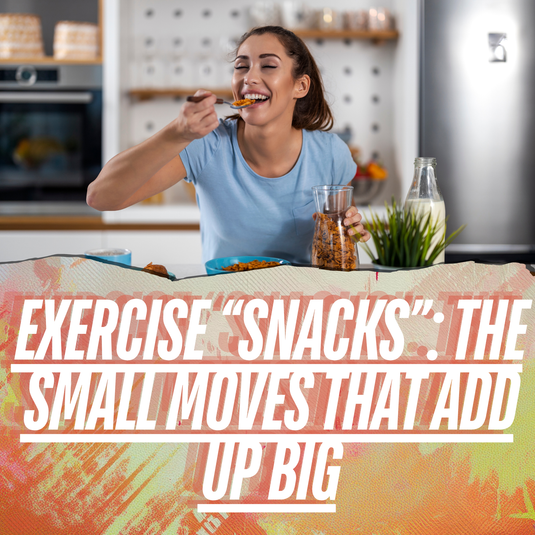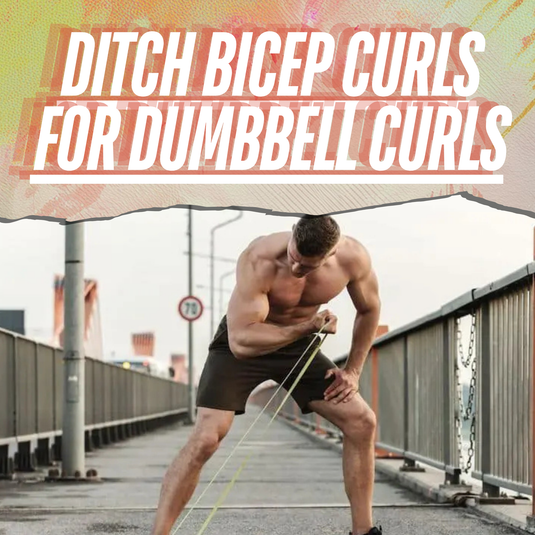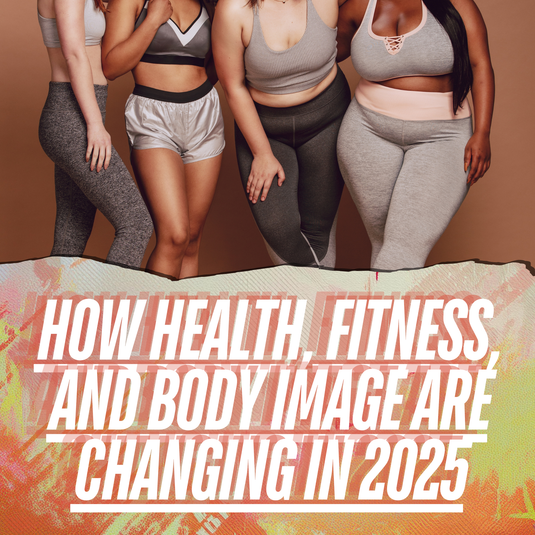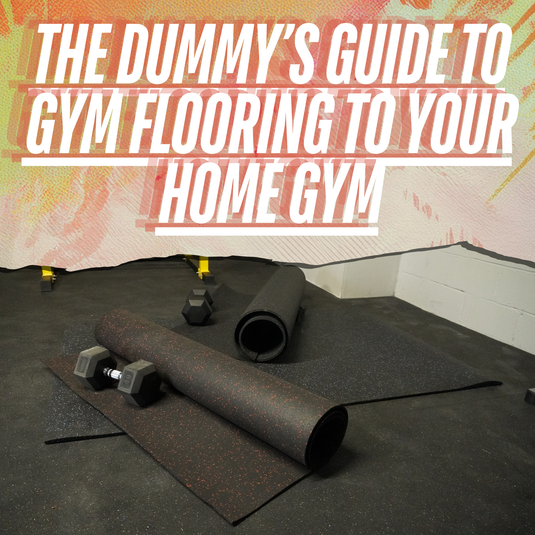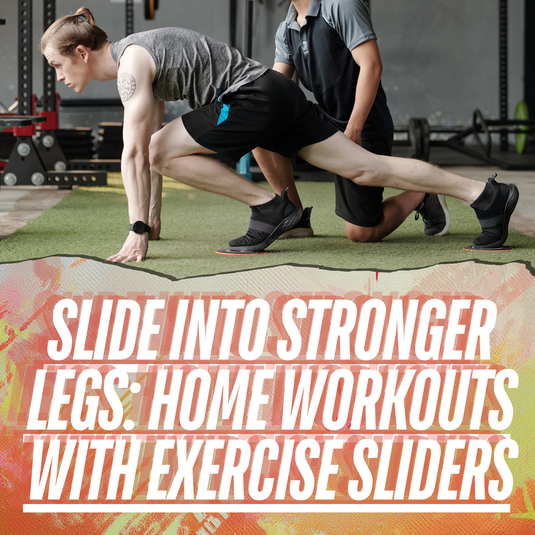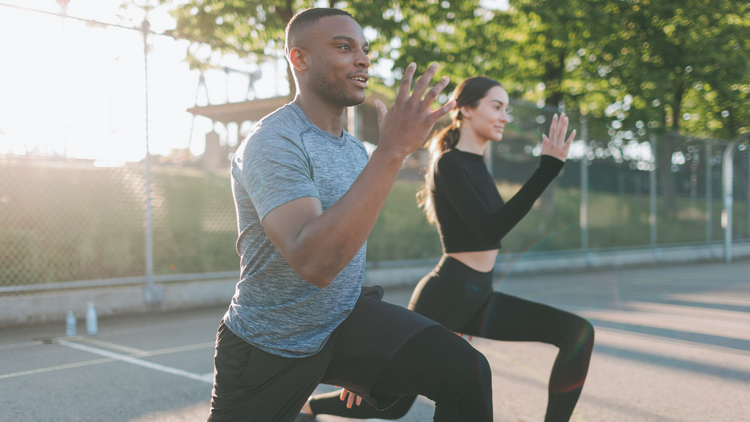Preacher Curls vs Bicep Curls: Best Arm Exercise?
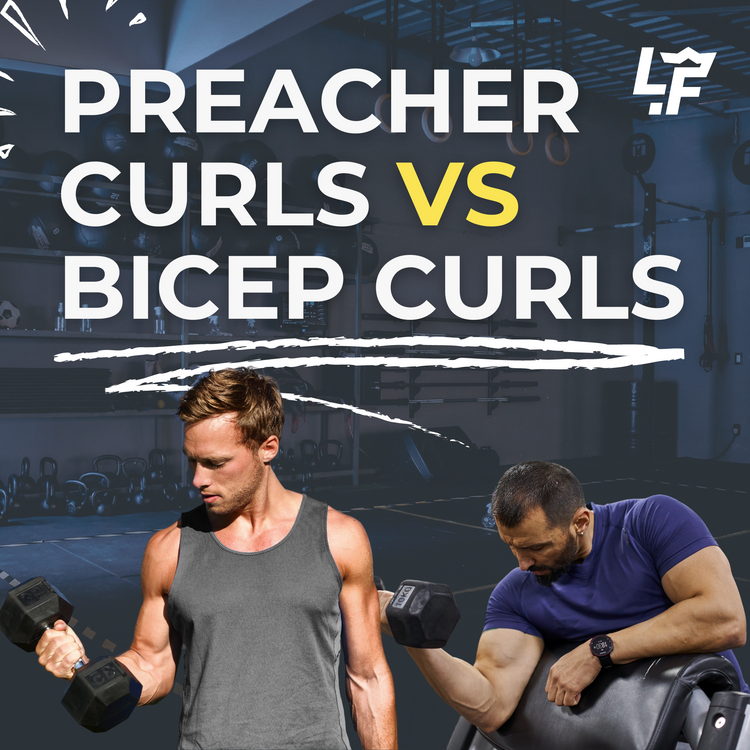
⏱️ Estimated Read Time: 6 minutes
🧠 TL;DR
- Preacher Curls vs Bicep Curls: Best Arm Exercise? offers effective, accessible movements for targeted results.
- This guide is designed to help you move smarter, build strength, and stay consistent.
✍️ Summary
This post explores preacher curls vs bicep curls: best arm exercise? in a way that’s actionable and easy to follow. Whether you're new to this style of training or leveling up, it includes practical takeaways for your routine.
📚 Table of Contents
When it comes to arm workouts, many people often wonder about the differences between preacher curls and bicep curls. Both exercises target the biceps, but they do so in slightly different ways. Preacher curls are performed on a preacher bench, which helps to isolate the biceps and minimize the use of other muscles. Bicep curls, on the other hand, can be performed with various equipment like dumbbells, barbells, or cables, and they allow for a bit more flexibility in movement. Understanding the benefits of preacher curl vs bicep curl can help you optimize your workout routine.
Preacher curls are excellent for isolating the biceps and can help in achieving a more defined muscle. They are particularly useful if you're looking to focus on the peak of your bicep. On the other hand, bicep curls are more versatile and can be done in different ways, making them a great addition to any arm workout routine. If you're debating preacher curls vs standing curls, it’s important to note that standing curls engage more of your stabilizing muscles.
For those who want to mix things up, cable curls are a great alternative to preacher curls. Cable curls offer constant tension throughout the movement, which can be beneficial for muscle growth. Comparing cable curls vs preacher curls can help you decide which exercise fits best into your training plan.
If you don't have access to a preacher bench, there are many alternatives to preacher curls that you can try. Some popular options include concentration curls, incline dumbbell curls, and spider curls. These exercises can also effectively target the biceps and help you achieve your fitness goals. Whether you choose preacher curls vs barbell curls or any other variation, the key is to maintain proper form and consistency.
Biceps are one of the most loved muscle groups for many bodybuilders. Big biceps immediately allude to a well-built physique; they are an iconic bodybuilding muscle, and for this reason, there are plenty of exercises to choose from when training them. There is one infamous exercise that is deemed the holy grail for biceps - curls. This article is your one-stop shop for all things biceps and choosing the correct exercises for you!
Contents Table
- Building Muscle Mass in the Biceps
- Technique and Cues
- Differences in Form & Muscle Engagement
- Benefits & Drawbacks
- Variations / Alternatives
- Adding Curls to your Programme
- Individual Preferences
- Conclusion
Building Muscle Mass in the Biceps
Building muscular, strong biceps is essential in any bodybuilding program and crucial for even the average gym-goer who wants to make a well-rounded physique. Firstly, it is good to know the basic anatomy of the bicep so you know what you are targeting and the role of the muscles you are working.
Biceps Anatomy

The basic anatomy of the biceps includes the biceps brachii (long and short head), brachialis, and brachioradialis, essentially forming the anterior portion of the arm. It crosses both the shoulder and elbow joints. The role of the biceps is mainly flexion (at the elbow joint) and supination (of the forearm), so the best exercise for the biceps would involve both of those!
Correct Technique Execution and Performance Cues
Bicep Curls

- Stand up straight, looking forward with feet shoulder-width apart and firmly planted into the floor.
- Hold your barbell in front of you with a supinated grip (palms facing up).
- Lock your elbows in by your side, brace your core, and curl the bar up towards your chest.
- Aim to get your forearms as close to your biceps as possible for a full rep before lowering the bar to the starting position, ready for the next rep.
*Mentioned above is a standard barbell curl. You can also perform curls with different grips, stances, etc... (Ex. wide grip or narrow grip). Instead of placing hands shoulder-width apart, you move your hands closer together or further apart depending on the desired stimulus.
Performance Cues
- Ensure you grip the ground well with your feet, shoulders down, and elbows locked in close to your side. Your upper body should feel solid, especially once you brace your core.
- Once you begin the rep, avoid rocking or swinging the bar. This indicates the load is too heavy or you need to use better form. Your muscle is only capable of handling so much load. Using momentum instead of correct form will not help you increase this tolerance because there is more weight on the bar!
- Ensure your wrists are in line with your forearm and not being over-extended by the bar.
Preacher Curls

- Choose a suitable bench to perform your curls on (specific preacher curl bench usually accompanied by an EZ bar or can also be performed unilaterally with dumbbells on the back of a regular bench) - see the above image.
- Position yourself with the back of your arm (triceps) lying firmly against the bench. The top of the bench is directly under your armpit.
- Take your bar/ dumbbell and, similarly to a standard curl, flex your biceps, bringing the weight towards your shoulder(s). Once again, aiming for the forearm as close to the bicep as possible for a full rep.
- Begin to lower it back down in a similar and controlled manner, avoiding overextending at the bottom portion of the rep once again.
Performance Cues
- Once in position, your tricep will be flat against the bench, but your wrist will not. Your hands will be holding the weight slightly off the bench.
- It can help to have a partner give you the weights once in position, as it can be challenging to grab the barbell/dumbbell and slot back into the bench without overextending yourself.
- When lowering the bar back down, avoid locking your elbow fully out to prevent overextending the joint.
Main Differences in Form
Bicep Curls
Preacher Curls
- Uses a bench: Preacher curls are performed using a preacher bench, providing support.
- Don’t fully extend the elbow: The elbows are not fully extended during the exercise.
- No risk of swinging: The bench support minimises the risk of using body momentum or swinging to lift the weight.
Muscle Engagement in Preacher Curls and Bicep Curls
|
Muscle Engagement |
Bicep Curls |
Preacher Curls |
|
Biceps Brachii (short & long head) |
Engaged during the entire curling motion. |
Heavily isolated due to the preacher curl setup. |
|
Brachialis |
Involved in supporting the flexion of the elbow. |
Involved in supporting the flexion of the elbow. |
|
Brachioradialis |
Participates in elbow flexion. |
Participates in elbow flexion. |
It may seem odd that they work the exact same muscles. Why worry about picking one over the other, then? Well, although technically, all of these muscles are being stimulated, that does not mean that it is happening to the same degree. The biceps brachii are heavily isolated in the preacher curl in comparison to other variations of bicep curls.
One thing you will notice when performing these exercises is the difference in where the most challenging part of the rep is. For preacher curls, the most difficult part of the rep is at the bottom. There is little to no tension once you get to the top of the rep, whereas, with any of your free standing bicep curls, it is the complete opposite. The most challenging part of the rep will be at the top, and you will be able to relax at the bottom.
Benefits and Drawbacks
Preacher Curls
Preacher curls are textbook isolation movements, with no room to cheat pure strength, challenging the primary mover, the biceps brachii. The set-up of a preacher curl allows for this isolation. There needs to be more room for movement outside the line of the bar path. If you choose to use the traditional EZ bar for curls, it creates a natural angle for your arms to follow. This can be a better option than a standard barbell, as people can feel discomfort at the elbow joint with a straight bar.
Although great for overloading the biceps in that mid-portion of the rep, there are some limitations. Mainly, you will only partially extend the elbow doing a preacher curl, so you are not fully challenging the biceps through extension. As previously mentioned, people can feel some discomfort when using a straight bar as they are forced into supination under a significant load. This can be avoided by opting for an EZ bar or even dumbbells.
Bicep Curls
Like preacher curls, standard bicep curls also create a big challenge for the biceps brachii. However, you also have smaller muscles being worked around the wrist, core, etc. You support the weight the entire way through the rep. You have to keep your upper body tight and ensure your wrist stays neutral. This is done using many smaller muscles often overlooked or less heavily involved in isolation movements.
Another significant benefit to the bicep curl, especially with a barbell, is the ability to load the bar. Due to the number of extra muscles working, you are isolating one muscle less, and as a result, you can lift more weight. Increasing volume is key to progressively overloading a muscle and, in turn, growing that muscle and increasing your strength. Bicep curls also have their downfalls, and the technique can be slightly more complex to master than preacher curls. People can use momentum more than they should, which will only decrease the effect on your target muscle.
As discussed, there are benefits to both exercises, and comparing those smaller muscles to the much larger biceps, it may come as no surprise that the smaller ones will fatigue first. If your goal is to load the biceps brachii as much as possible, choosing a preacher curl to avoid reaching failure due to fatigue in other muscle groups (ex. forearm) might be the best option for you. A great choice in this case would be a machine preacher curl with no concern for grip strength being your limiting factor!
Variations & Alternatives
Preacher curls and your other types of bicep curls can be performed in multiple ways with many different pieces of equipment. Including;
- Bicep Curls
- Preacher Curls
- Barbell Curls
- Dumbbell Curls
- Cable Bicep Curls
- Kettlebell Curls
- Zottman Curls
- EZ Bar Curls
- Straight Bar Curls
- Dumbbell Curls
- Machine Preacher Curls
- Cable Preacher Curls
This is not an exhaustive list, but it does cover most of the variations you will see when it comes to training your biceps. Along with choosing from many different pieces of equipment, you can also perform each of these in various ways. The most crucial variation is between bilateral and unilateral curls. Doing unilateral curls, perhaps with a dumbbell or cable, can be a great way to ensure maximum effort and comfort when performing each rep. You do not have to force your joints into specific positions; with single-arm work, you have a lot more freedom within each rep.
Adding Curls to Your Training Program
If you are looking to add some curl into your program but are not sure where to fit it in, there are a few things to consider. The biceps are involved in most pulling movements, including deadlifts, rows, and pull-ups. If your goal is building a well-rounded physique or increasing your overall strength, you should prioritize some of your more compound exercises earlier in your workout.
You can lift a lot more during a deadlift than you are doing a bicep curl. If you have already prefatigued your biceps earlier in the workout, it may limit your performance on your bigger lifts, thus reducing the overall volume and effectiveness of your training. A solid plan would have 2-3 compound lifts at the start of your workout and then move into more isolation/ unilateral work (i.e., bicep curls/ preacher curls).
Individual Preferences
Although there are standard recommendations and advice you can follow, what is most important is that you choose a training plan or exercises that work for you. If you hate preacher curls but find a cable bicep curl enjoyable, do that. If you love the difficulty of an EZ bar preacher curl and dread the standing barbell curl, choose the former. There needs to be more difference in outcome from these variations to choose one you hate over one you enjoy. Consistency will win in the long term, so find out what works for you and stick with it!
Conclusion
In summary, preacher curls and the many variations of a bicep curl are all respectable exercises for growing and developing your biceps. As with any muscle group, the most critical thing with muscle hypertrophy is progressive overload! Ensuring you are improving month to month, whether that be an extra couple of reps, a slight increase in weight, or using a slower tempo during each rep - thus increasing time under tension - will be vital to seeing success with any of these exercises.
If you struggle to keep your form in check, the preacher curl might be a better exercise for you. It is a killer isolation move and allows little room for ego lifting, perfect for adding shape to the bicep! Conversely, although other variations of bicep curls, like the barbell curl, require more attention to form throughout each rep, once mastered, it is a powerful exercise for building strength and mass as you can lift more weight!
Want more guidance? Check out our Weekly Dumbbell Workout #1.
📝 FAQs
How often should I do these exercises? +
2–3 times per week is a good starting point for most people.
Do I need equipment? +
Many of these can be done with just your bodyweight or a single kettlebell or dumbbell.
Can beginners do these routines? +
Yes! These movements are designed to scale with your fitness level.



